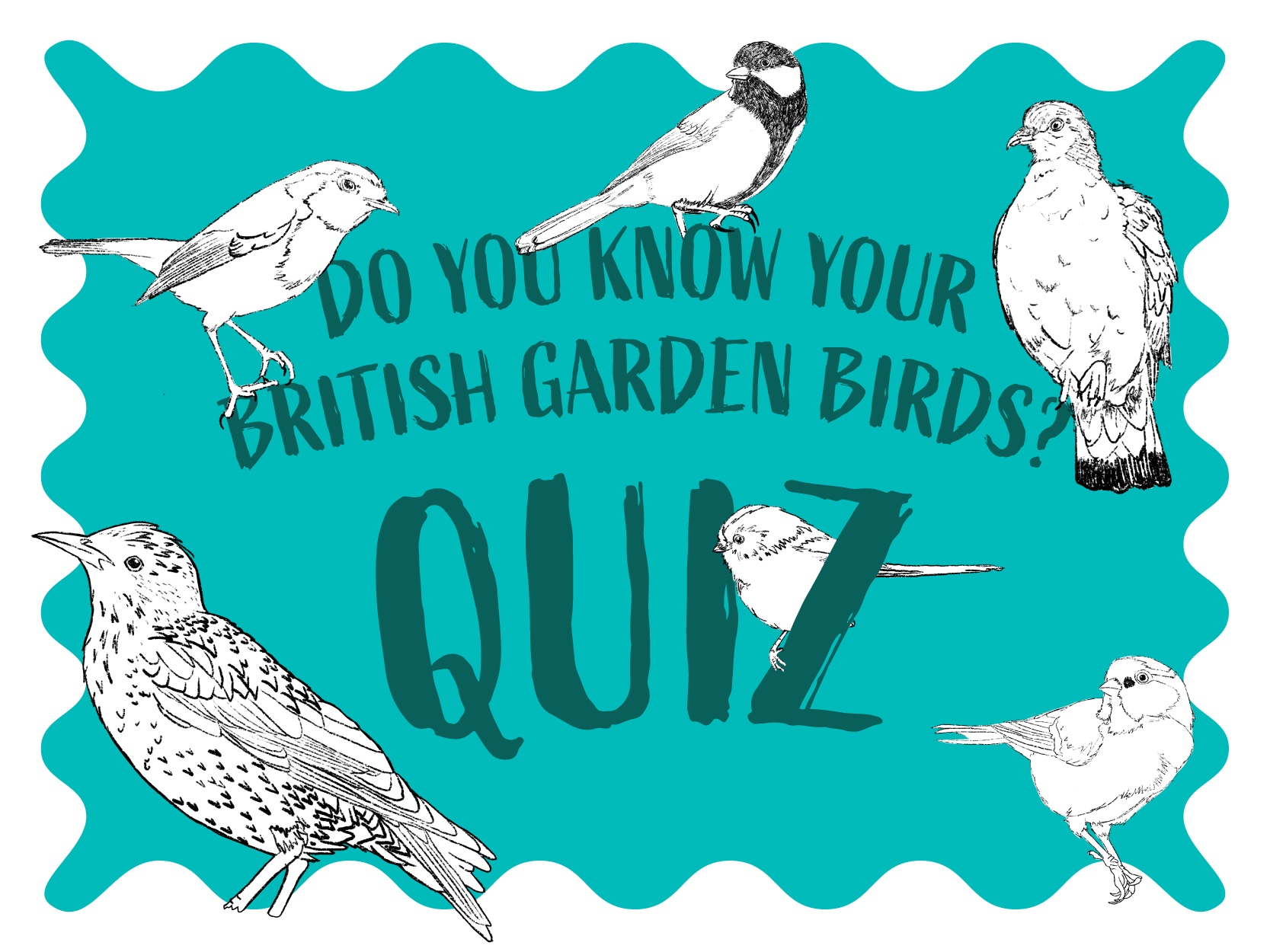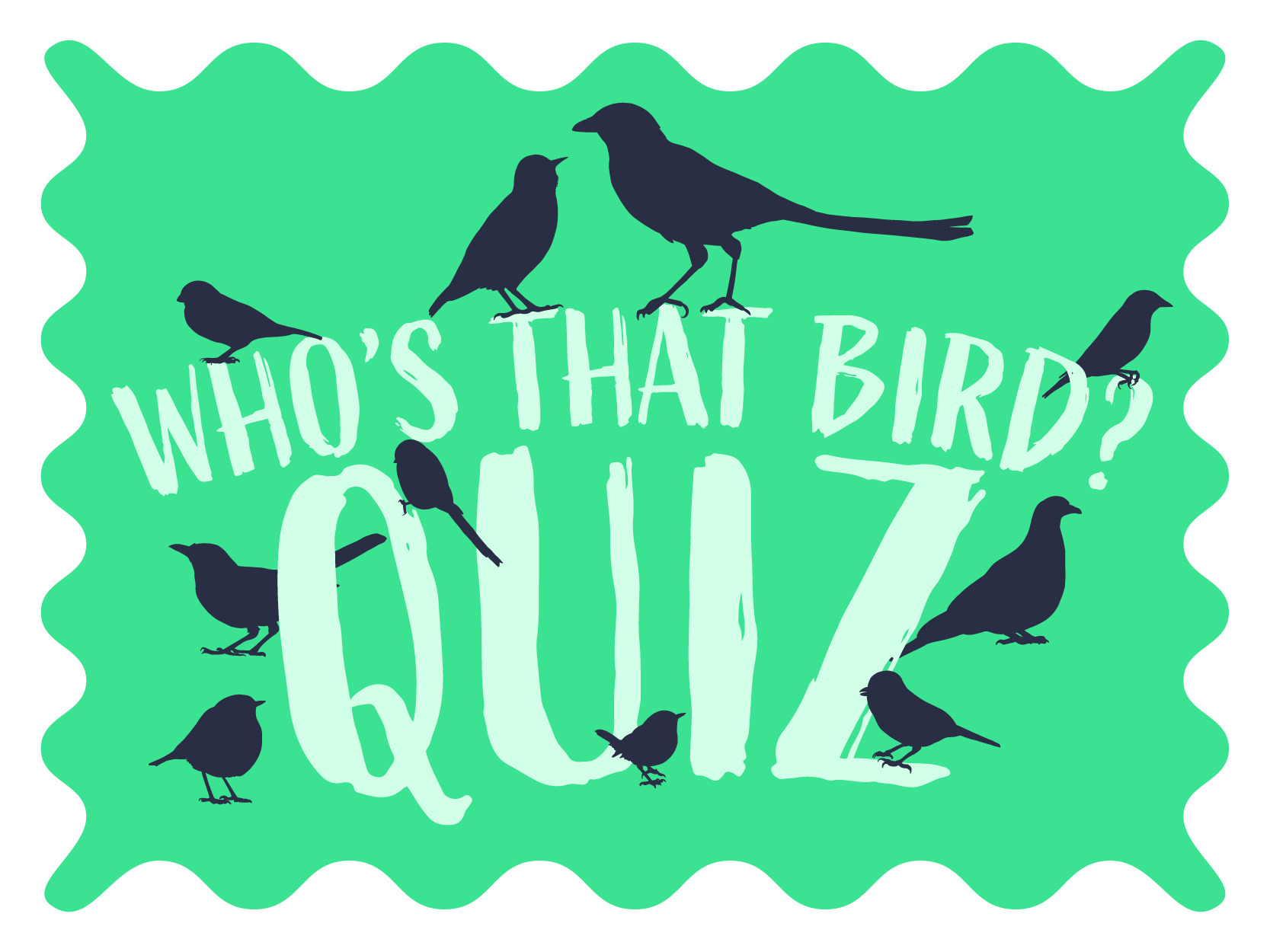This month, we are focusing on British garden birds to help you get ready to do some bird recording at the end of month for the RSPB’s Big Garden Birdwatch. If you haven’t come across this yet, check out our blog post to find out more. If you already know about this, then let’s test your British garden bird knowledge. Will you be a bird detective in training or a super bird spotter?
Results
Super Bird Spotter! 🌟
Score 8 or more out of 10 right WOW! You’re amazing at finding and naming birds! You can spot the difference between birds like a pro, and you’re learning so much about our feathered friends. You’re on your way to becoming a real bird expert!
Bird Detective in Training! 🔍
Score below 8 out of 10 Hey there, Bird Detective! You’re learning to spot all kinds of cool birds, and that’s awesome! Everyone starts as a beginner, and the more birds you watch, the better you’ll get. Keep those eyes and ears open!
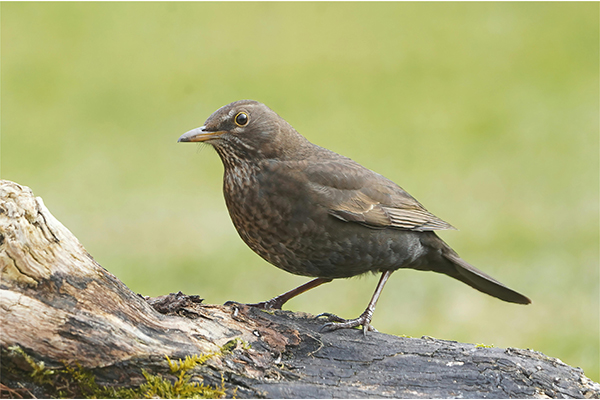
#1. Can you identify this bird correctly?

The correct answer is Blackbird. The name ‘Blackbird’ is a bit misleading as it’s only the male blackbird that has black feathers, bright yellow eye ring and yellow beak. Young blackbirds and female blackbirds have brown plumage.
#2. Can you correctly identify a house sparrow? Select from A, B or C
The correct answer is A. House sparrows look very similar to Tree sparrows but there are a few useful clues.
- House sparrows are common in urban areas and gardens. So think about where you are and what’s more likely.
- Male and female house sparrows look different. The males have a chestnut brown back with black markings as well as a chestnut brown head, grey cap and grey cheeks. Females usually have a pale yellow stripe over their eye and have simpler head markings amongst other differences.
- Male and female tree sparrows look the same with brown cap instead of grey. They are usually found in rural locations and its very uncommon for them to visit an urban garden.
#3. What type of bird has black, white and blue markings?
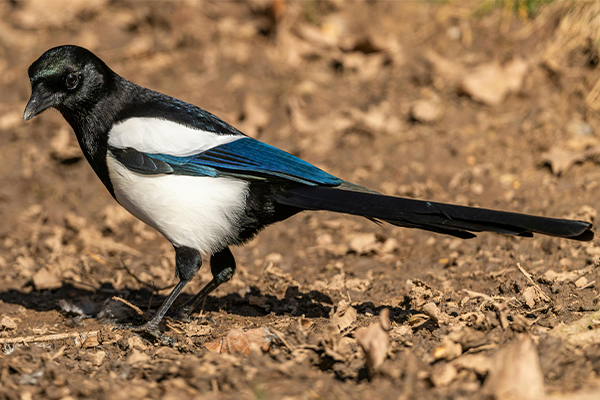
One for sorrow, two for joy – it’s the common Magpie! These birds often catch the novice birdwatchers eye because of their larger size and striking black and white contrasting markings. One of my favourite
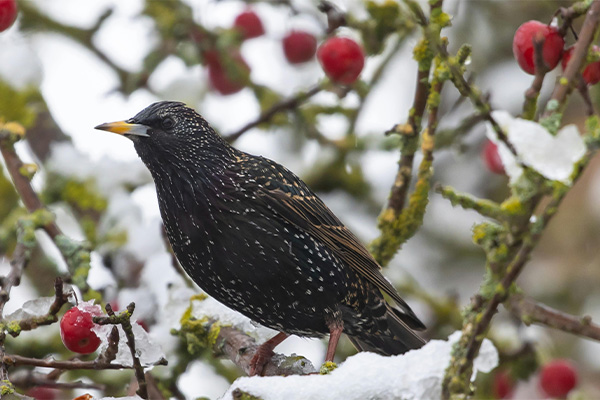
#4. Which of these facts about Starlings are true
Select all that apply:
These noisy social birds are often seen in large flocks, flying in formations called murmurations. In some countries they are seen as a nuisance because they poo a lot, often on peoples cars and property. They have amazing mimic skills, copying car alarm sounds amongst other noises.
#5. Which bird is a Great Tit. A or B?
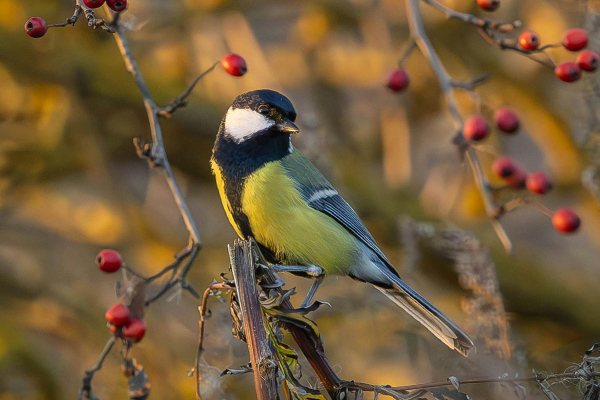
The correct answer is A. The clue is in the name, the Great tit is the largest of the UK’s tits species. If you look closely, you can see that the great tit on the left is slightly larger than the Blue Tit. It also has the striking black stripe down it’s yellow belly.

#6. Which of these birds is a type of thrush?
Although all 3 of these birds sing loud across our urban landscape, the Blackbird is the only thrush out of the three choices.
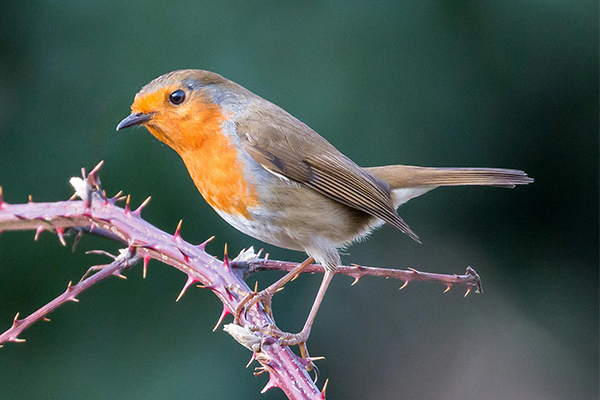
#7. True or False: Robins only eat seeds and fruit.
False! Robins love hunting for worms, insects and beetles. They also eat fruits and seeds as part of their omnivorous diet.
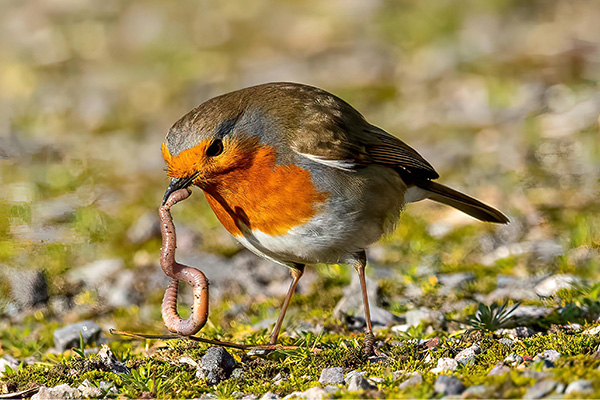
#8. Which bird is a Goldfinch, A or B or C
It’s B! The UK’s Goldfinch looks very different to the American Goldfinch, but it’s distinctive red face and bright yellow wing patches make them hard to miss.
#9. Which bird is a Collared Dove? A or B
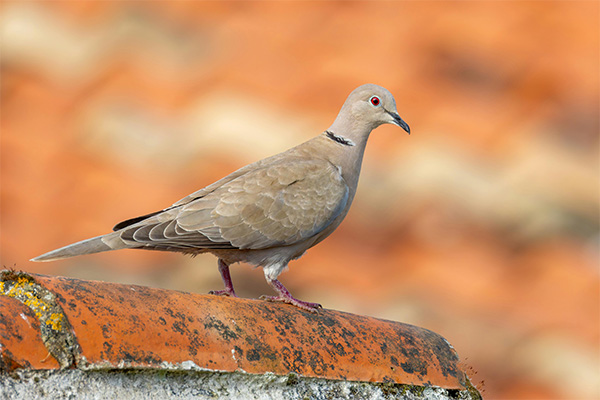
It’s all in the name – did you spot the neck markings? Collared doves are pale pink-brown-grey in colour with a small black neck collar that sits on the back of their neck.

#10. What bird is this?
It’s a female chaffinch. Unlike the brightly coloured male, females have muted brown plumage. A visual clue in how to identify these birds is the shape of their beaks. Their short, thick beak is adapted for seed eating – a distinctive finch characteristic. We’ve included an image of a male chaffinch for you to compare.
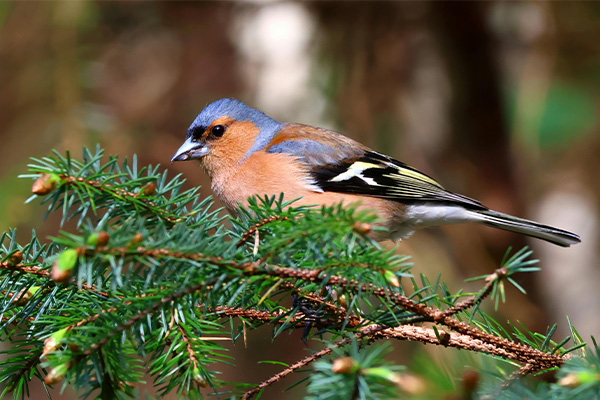
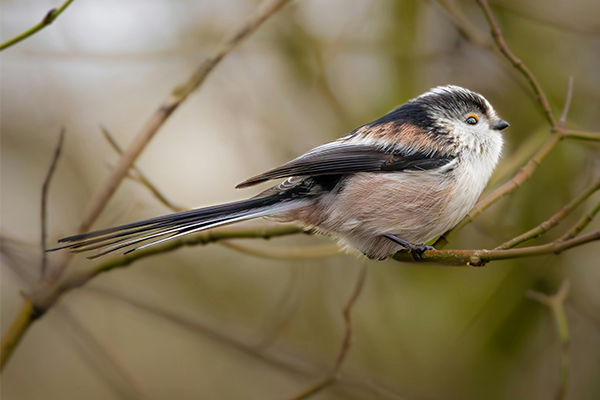
#11. Which of these statements about Long Tailed Tits are false?
Select all that apply:
Long tailed tits are sociable birds often seen in groups of up to 20. In the winter months you will most likely see them feeding alongside Blue Tits and Great Tits, as they work together to forage for food. Most commonly seen in hedgerows and woods, they may well skip through your garden en route to your local park.
#12. Which bird is the largest by weight?
Well if you were to compare the length of all the three birds the Common Magpie would come out on top growing up to 46cm long with the Wood Pigeon just behind with a length up to 42cm and the Jay growing up to 35cm long.
However when you compare them by weight the Wood Pigeon comes out ahead, weighing up to 550g – that’s the same weight as a small bag of sugar! The Common Magpie weighs up to 250g and the Jay only gets as heavy as 190g on average.
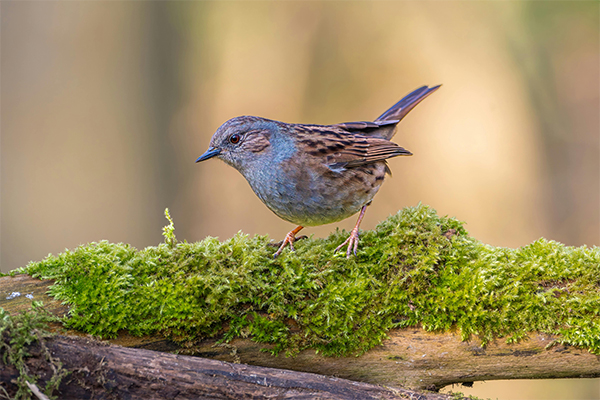
#13. What bird is this?
Often referred to as hedge sparrows, the Dunnock is not a sparrow at all. It’s a member of the Accentor family. You’ll find them foraging on the ground along flower beds and hedgerows. Their grey/brown plumage helps them to easily camouflage amongst the leaf litter. Listen out for their beautiful song!
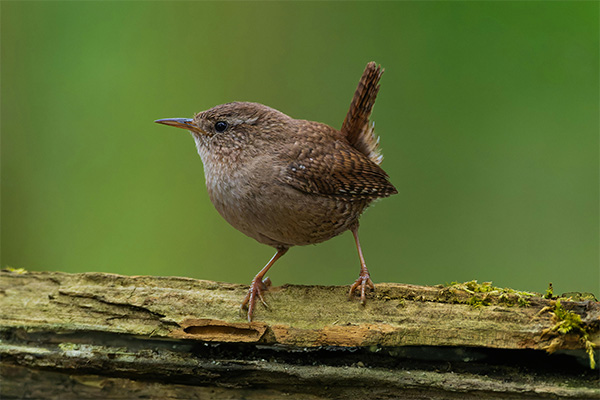
#14. True or False: The smallest bird in the UK is the Wren.
The wren is just slightly larger than the smallest bird in the UK, with a length of 10cm, wingspan of up to 17cm, and a weight of up to 12g.
The smallest bird in the UK is the Goldcrest, which measures just 9cm long and weighs as little as 6g.
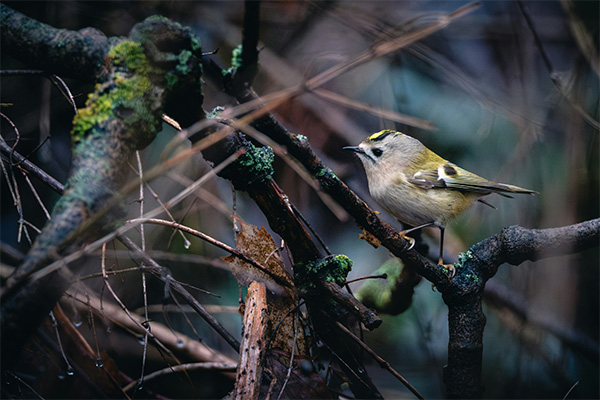
You may also like…
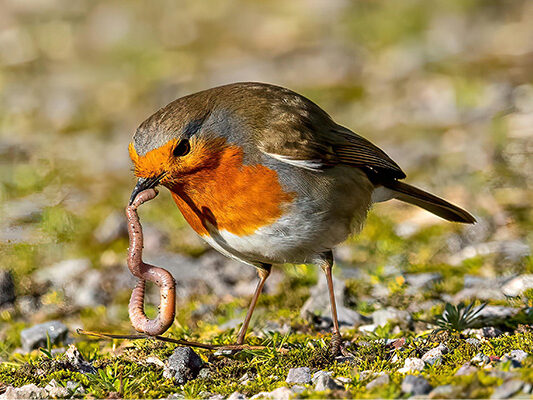
RSPB’s
The Big Garden Birdwatch
Find out more about the world’s largest wildlife survey run by the RSPB.
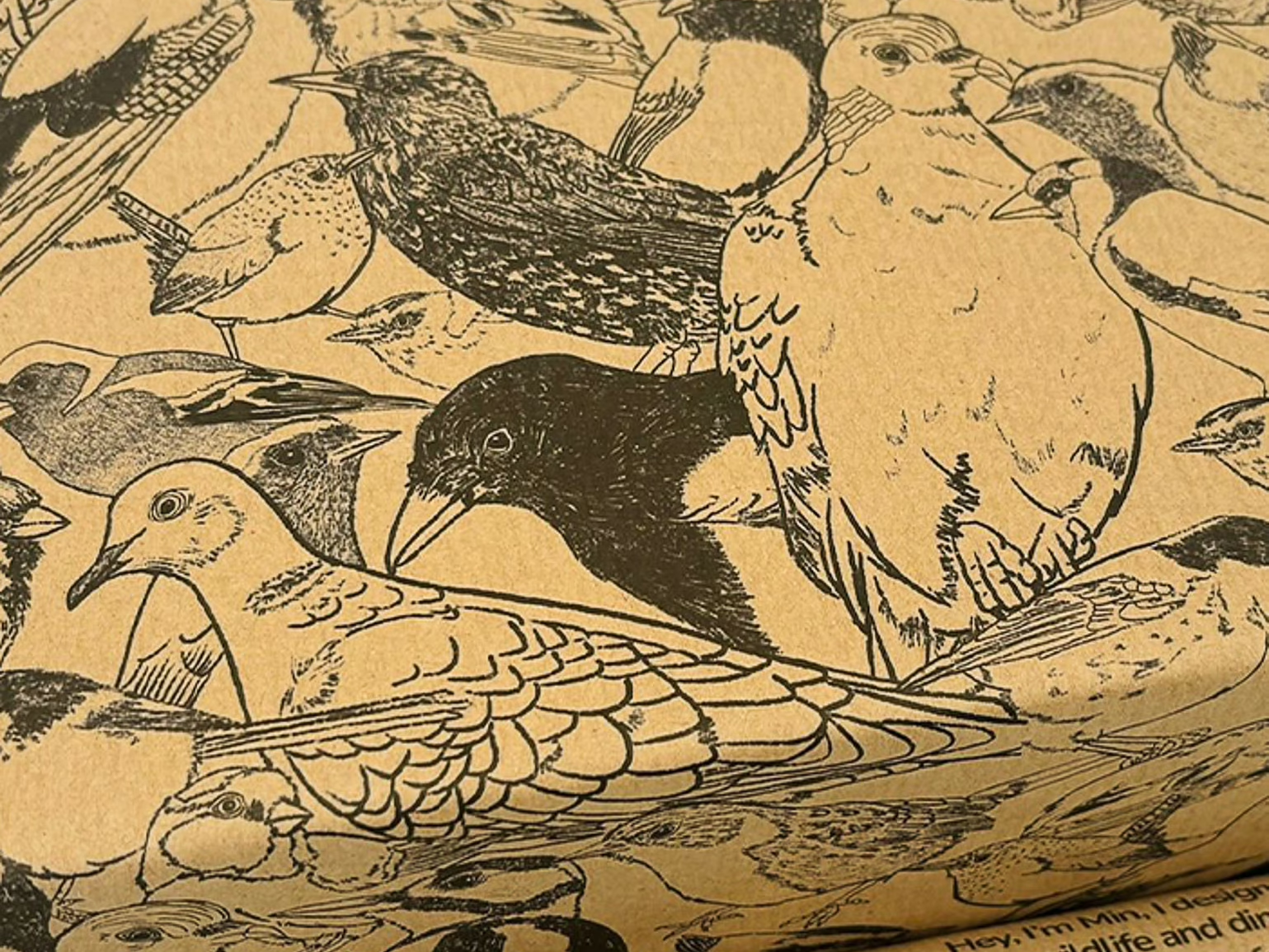
Love British birds?
You may like this
gift wrap…
Enjoy your favourite British birds with my seamless design printed on recycled gift wrap.

